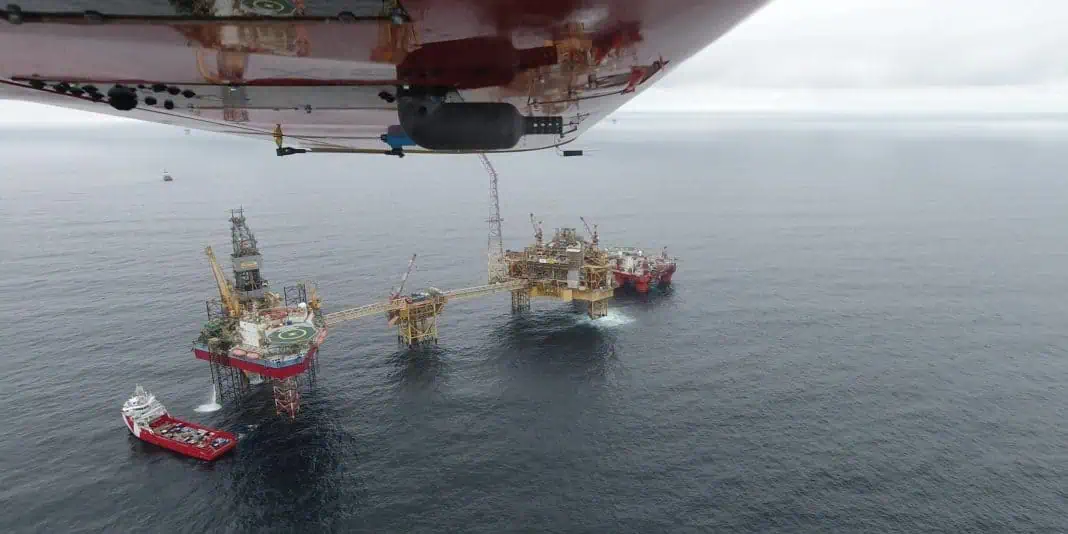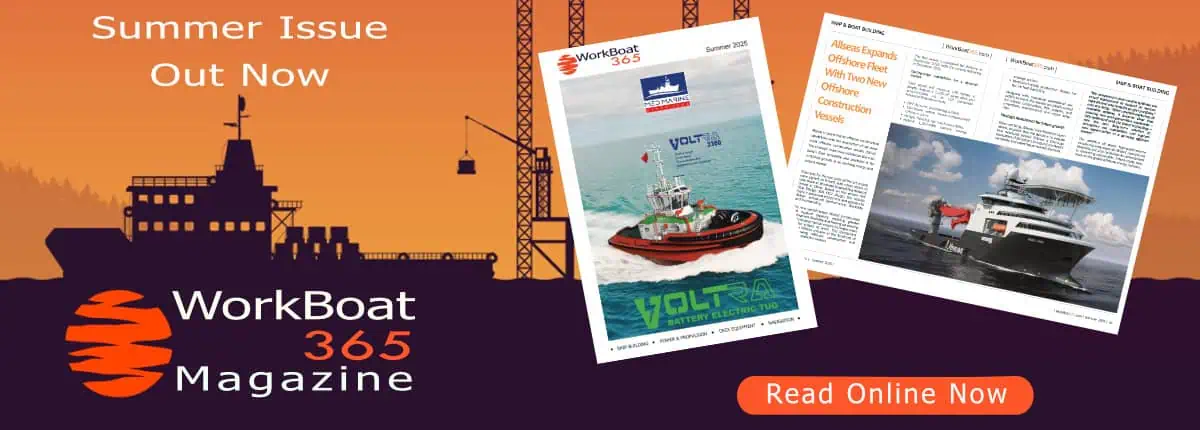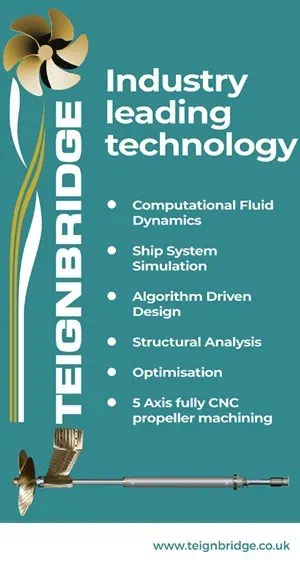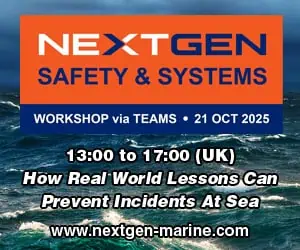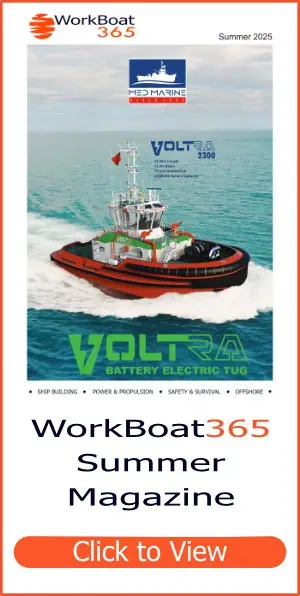Unmanned aviation business Flylogix and emissions sensor and analytics providers SeekOps have reached a key milestone in emissions quantification offshore making routine verification available to operators for the first time.
In a recent field trial their unique Unmanned Aerial System (UAS) and sensor delivered detection rates capable of verifying emission rates in line with with the very low levels of methane associated with normal operations of many facilities in the North Sea (<2.5 kg/hr) Previous studies have relied upon survey aircraft with equipment normally used for research activities.
This breakthrough comes from a long programme of rigorous offshore trials, testing and development of their UAS and methane measuring technology in the harsh and uncompromising environment of the North Sea.
This offshore methane measurement endeavour is part of a collaborative trial with significant support from energy majors including bp, Total, Equinor, Harbour Energy and Shell. In discussion with the operators, Flylogix conducted a pan-UKCS asset review using data reported through the Environmental and Emissions Measurement System (EEMS) establishing the requirement for lower detection performance at 10 kg/hr. This became the initial target, with a stretch target of 3kg/hr.

In 2020, initial Flylogix and SeekOps trials west of Shetland demonstrated a lower detection threshold 40kg/hr. Needing to reduce this threshold by an order of magnitude, Flylogix and SeekOps – supported by OGTC, who helped accelerate the development and deployment of the technology – embarked on an ambitious development programme. After rigorous lab-testing by the SeekOps team, the new technology was trialled in the air at a Flylogix test facility. The project was green-lit and offshore field trials commenced in March 2021. The first phase of field trials demonstrated a lower detection limit of 2.5kg/hr – a 93% increase in performance. The lower detection limit is influenced by variables including weather and stand-off distance from the asset. A series of controlled release measurement flights are now scheduled to further validate these performance thresholds. The trials continue with measurement across a wide range of asset types in the northern, central and southern North Sea, as well as west of Shetland.
This represents a truly collaborative approach where the industry is driving the development and innovation cycle – this drive and collaboration will remain crucial over the coming years, enabling the global expansion of this unique solution, as the sector continues its journey to verifying the emission numbers it reports.



